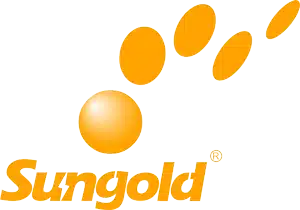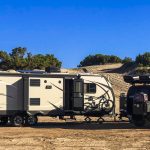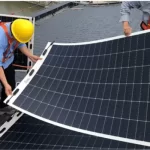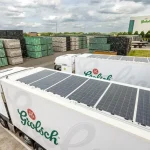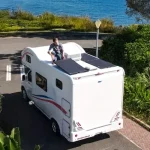Table of Contents
This blog explores the ideal angles and orientations for mounting solar panels to help you which is Best Direction and Angle for Solar Panels
Why Is the Angle of the Solar Panel Critical?
The angle at which solar panels are tilted relative to the horizontal plays a decisive role in their performance and efficiency. What is the best spot for solar power? It is wherever the panels can absorb the most sunlight. Solar panels generate electricity by absorbing photons from sunlight, and the more direct sunlight that hits the panels, the higher the power output. Even small deviations from the optimal solar array angle can significantly impact energy generation over a lifetime of 25-30 years. Direction and Angle for Solar Panels
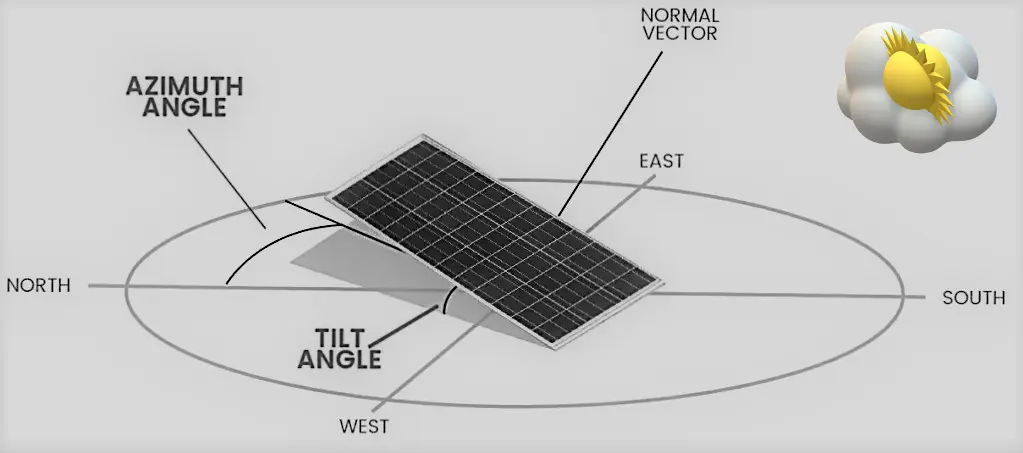
How Do You Determine the Best Angle and Direction for Solar Panels?
According to the U.S. Department of Energy, solar panels in the continental U.S. should:
Face South (for maximum sunlight exposure).
Be tilted at an angle between 15° and 40° to optimize power generation throughout the day.
This answers the question, “Which way to face solar panels?” Ideally, south-facing panels yield the best energy output. Even if your roof layout isn’t ideal, solar systems with east-west orientation or varying tilt angles can still generate significant amounts of energy. What would be the best location for solar panels? Any roof space that avoids significant shading and maximizes exposure to sunlight.
How to Calculate the Best Mounting Angle for Solar Panels?
Determine Your Latitude:The optimal tilt angle for solar panels usually matches the latitude of the installation site. Latitude determines the approximate position of the sun throughout the year
Consider Seasonal Variations:The sun’s position changes with the seasons due to the Earth’s axial tilt. To adjust for seasonal performance:
For year-round performance: Set the tilt angle to match the latitude.
For summer performance: Tilt angle = Latitude – 15°.
For winter performance: Tilt angle = Latitude + 15°.
Roof Design and Structure:
Flat Roofs: Often require additional bracing to achieve the optimal tilt angle.
Sloped Roofs: The slope of the roof may affect the tilt options, but panels can still produce significant energy.
Solar Azimuth (Direction):
In the northern hemisphere, south-facing solar panels produce the most energy. For example, panels face north in San Diego when south-facing is not possible, and while less ideal, they can still be viable.
Use a Calculator:
For greater accuracy, use online tools or solar angle calculators to account for:
Sun position
Seasonal changes
Geographic location
Local weather conditions
Evaluate Actual Installation Conditions
Be mindful of potential obstructions, such as trees, buildings, or chimneys, that could cast shadows on the panels. Where would be the best location for solar panels? On roofs with minimal shading throughout the day.
What Is the Best Orientation for Solar Panels?
South Orientation Advantage:
Because the sun moves across the southern sky, south-facing panels receive the most sunlight. Any slight deviation, like southeast or southwest, still offers excellent performance. If you wonder, “Which way to face solar panels?”, south is typically the answer.
East-West Orientation:
While east-west systems produce 10-15% less energy annually compared to south-facing systems, they can still be practical for homes with less-than-ideal layouts. What is the best angle for solar panels? Combining an east-west tilt with a 15-40° angle helps maintain efficiency.
North Orientation Disadvantage:
North-facing panels are the least efficient since they receive minimal sunlight. However, in sunny regions like California, where solar panels face north in San Diego, systems can still provide a decent return on investment due to high sunlight exposure.
Is Angle More Important Than Direction for Solar Panels?
The U.S. Department of Energy recommends that the tilt angle for south-facing solar panels be between 15° and 40°. This optimal solar panel direction and angle ensures maximum power output. Even if your roof’s slope doesn’t match these recommendations, solar panels can still perform well and save you money.
What Are the Benefits of Flat Roofs for Solar Panel Installations?
Flat roofs offer flexibility in solar panel installation. Panels can be:
Adjusted to face south for optimal energy capture.
Tilted at around 15° to maintain efficiency and allow for self-cleaning during rain.
Flat roof setups may resemble a solar star power plant panel leaning at a slight angle, ensuring efficient sunlight capture without structural constraints.
Why Should You Consider Solar Trackers for Solar Panels?
Solar trackers are advanced systems that follow the sun’s movement throughout the day to optimize solar panel orientation. If you are wondering “What is the best angle for solar panels?”, trackers solve this by automatically adjusting. Their benefits include:
Higher Energy Yield: Trackers can increase energy production by 25-35%.
Adaptation to Seasonal Changes: Automatically adjust to the sun’s path for consistent performance.
Improved Return on Investment for large-scale solar projects.
How Can You Achieve the Perfect Angle and Direction for Solar panels
Optimal Orientation: The best orientation for solar panels may vary slightly depending on local weather and latitude but generally points south.
Best Tilt Angle: Slightly flatter than your latitude works well in cloudy regions to account for sunlight scattering.
If you’re aiming for ideal installation, consider tools to determine the solar array angle and ensure no shading throughout the day. Where would be the best location for solar panels? A south-facing roof or open ground space with adjustable tilt angles is ideal.
Final Thoughts: What Is the Best Direction and Angle for Solar Panels?
Determining the best angle for solar panels and their orientation is essential for maximizing efficiency and energy output. In summary:
- Best Tilt: Between 30° and 45°, depending on latitude and seasons.
- Best Orientation: Facing south for the highest energy yield.
By carefully considering the solar panel direction and angle, roof design, and the sun’s movement, you can optimize solar placement to:
Maximize energy production.
Reduce your carbon footprint.
Enjoy the long-term benefits of clean, renewable energy.
Where would be the best location for solar panels? On any unobstructed space facing south. Optimize your solar setup and power your future sustainably!

